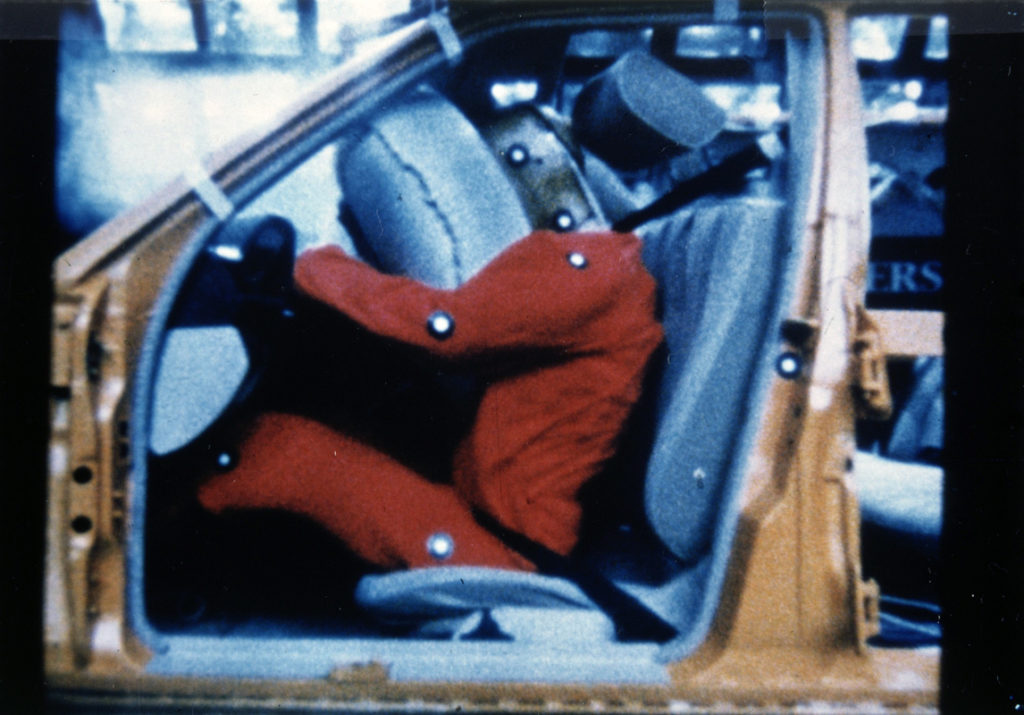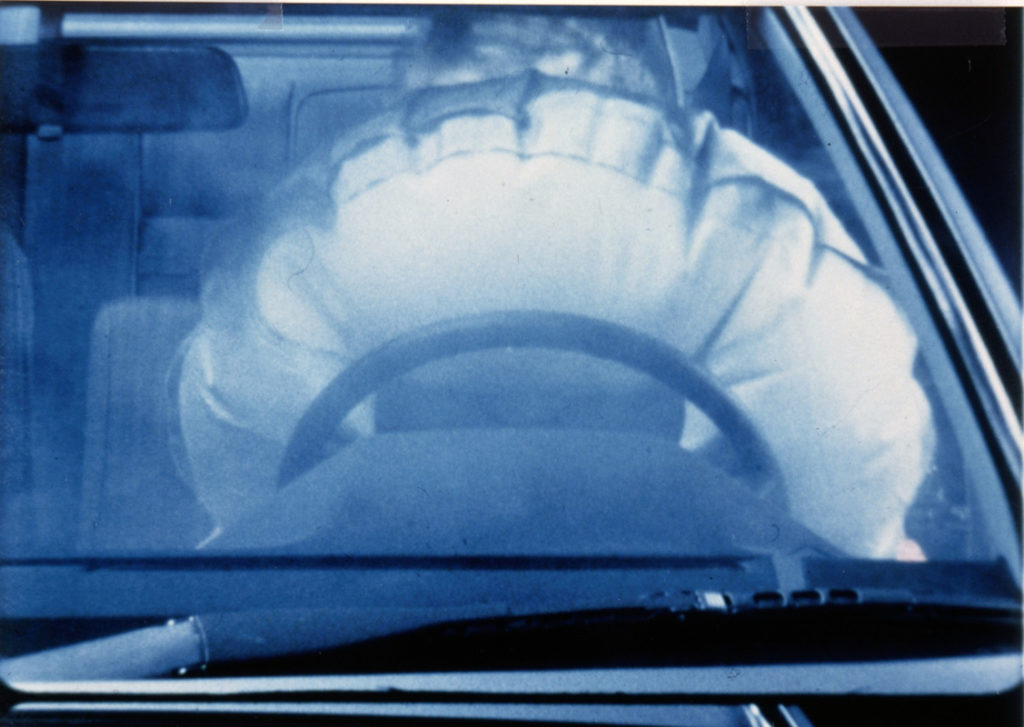Mercedes-Benz first included a driver’s airbag 40 years ago – Photos and the history

In December 1980, Mercedes-Benz fitted its first S-Class vehicle with a driver’s airbag and seat belt tensioner.
At the time, this was a “cutting-edge innovation” in safety.
“The airbag was a joint development between the then Daimler-Benz AG and Bosch. More than 100 S-Class vehicles fitted with the new safety systems rolled off the assembly line in January and February 1981,” said Mercedes-Benz.
The combination of both the driver’s airbag and seat belt tensioner were initially only available for the S-Class and SEC Coupés once they went into production, and cost extra for car buyers to have included.
A year later, the safety systems were available as optional extras for all Mercedes-Benz passenger cars.
“By 1992, the driver’s airbag was standard equipment in all of the brand’s models, followed by a front passenger airbag as a standard safety feature in 1994.”
“Numerous other airbags followed suit in subsequent years and these protective inflating cushions have long since been an inherent part of the integral safety concept of Mercedes-Benz.”
Inventing and testing the airbag
The idea behind the airbag is attributed to Walter Linderer.
In the 1950s, he designed an “inflatable container in a folded state, which automatically inflates in the event of danger”.
“On 6 October 1951, the Munich-born inventor filed for a patent for his device to protect persons in vehicles against injury in the event of collisions,” said Mercedes-Benz.
“Although in his application Linderer precisely described the principle of an airbag, the technical requirements for the sensors as well as those for rapid gas generation simply did not exist in those days.”
The company went on to note that the tear-resistant and elastic material needed to make an airbag also did not exist at the time, and it took several years before development began.
Mercedes-Benz took on the concept of the airbag in 1966 and started the initial trials for the gas generation component in 1967.
“The patent for an impact protection device for vehicle occupants was filed by Daimler-Benz AG in October 1971.”
It took over 250 crash tests, 2,500 sled tests, and thousands of trials on individual components over 15 years before engineers at Mercedes-Benz “managed to bring the technology to series production maturity”.
Mercedes-Benz also included the SRS abbreviation on its cars’ steering wheels to indicate they were fitted with an airbag.
SRS stands for “supplemental restraint system” – as the airbag supplements the seat belt.
Saving lives
The company said it is difficult to calculate the number of live saved by airbags.
However, looking at historical figures in Germany, the number of fatalities on the roads have decreased while the number of vehicles travelling has increased.
In 1980, 15,050 people were killed on German roads. 6,915 of them were occupants of passenger cars.
In 2000, the same figures fell to 7,503 and 4,396 fatalities respectively.
“Germany recorded 3,046 road traffic victims in 2019, 1,346 of whom died in a passenger car. Owing to the fact that the number of vehicles on roads is continually rising, these figures are particularly impressive when compared to the number of traffic deaths per 10,000 vehicles.”
“This figure was 4.5 in 1980 compared to 1.4 in 2000 and dropped to 0.5 in 2019.”















